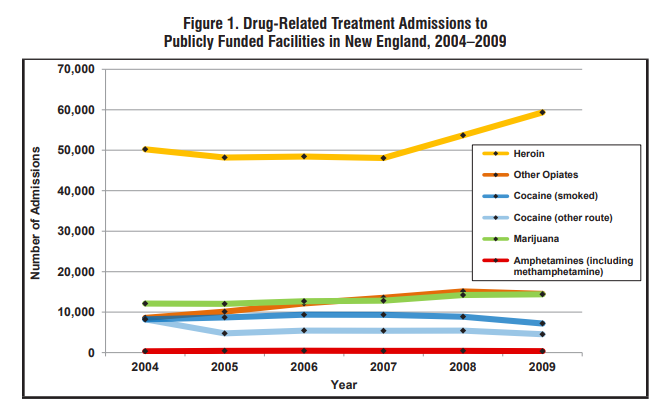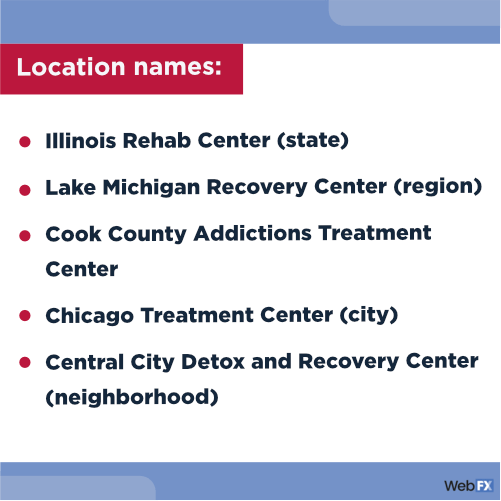Little Known Facts About Where People Get Addiction Treatment.
ShortTerm Inpatient Treatment (SIT) is the therapeutic approach predominantly utilized in programs oriented towards insured populations (Gerstein 1999). SIT is a highly structured 3 to 6week Alcohol Abuse Treatment inpatient program. Clients get psychiatric and psychological assessments, help in developing a recovery plan based on the tenets of AA, attend instructional lectures and groups, fulfill individually with counselors and other experts, and take part in household or codependent treatment.
Many shortterm domestic programs include some sort of treatment intervention for clients' household members. The Hazelden Family Center, for instance, is a 5 to 7day domestic family program that checks out relationship concerns typical amongst families with a member who abuses compounds. A bulk of the family programs used in shortterm property treatment include psychoeducational family groups.
There is no reason family treatment can not be integrated into shortterm domestic programs, though the brief duration of treatment may require more extensive and longer (than 1 hour) sessions due to the fact that work with a household will frequently end when the client with the compound use disorder leaves treatment. Regrettably, customers may need to become engaged in an entirely different system for their continuing care, as financing for services may not carry over.
If family therapy is being included to an inpatient domestic Go to this website program, it needs to not replace household going to hours. Customers also require recreational time with their households. Some shortterm domestic programs might intentionally refrain from including family therapy due to the fact that companies believe that customers in early recovery are not able to manage uncomfortable problems that frequently emerge in household therapy.
A longterm property (LTR) program will offer roundtheclock care (in a nonhospital setting), together with intensive drug abuse treatment for a prolonged duration (varying from months to 2 years). The majority of LTR programs consider themselves a kind of therapeutic community (TC), however LTRs can utilize extra treatment designs and techniques, such as cognitivebehavioral therapy, 12Step work, or regression prevention (Gerstein 1999). The traditional TC program provides property look after 15 to 24 months in a highly structured environment for groups ranging from 30 to numerous hundred customers.

How Which Of The Following Has Been Examined As A Possible Treatment For Smoking Addiction? can Save You Time, Stress, and Money.
In addition to assisting customers stay away from drug abuse, TCs deal with getting rid of antisocial habits, establishing employment abilities, and instilling favorable social mindsets and worths (De Leon 1999). TC treatment is not restricted to specific interventions, however includes the whole community of staff and customers in all everyday activities, consisting of group therapy sessions, conferences, entertainment, and work, which may involve professional training and other support services.
Group sessions might in some cases be quite confrontational. A TC ordinarily also features clearly specified benefits and punishments, a particular hierarchy of obligations and privileges, and the promise of movement through the customer hierarchy and to personnel positions. The TC has ended up being a treatment alternative for incarcerated populations (see the forthcoming TIP Drug abuse Treatment for Grownups in the Lawbreaker Justice System [CSAT in development j] and a modified variation of the TC has been demonstrated to be efficient with customers with cooccurring substance usage and other mental illness (for additional information on the modified TC, see the upcoming TIP Compound Abuse Treatment for Individuals With CoOccurring Disorders [CSAT in development k], a modification of TIP 9 [CSAT 1994b]. Customers in TCs typically lack standard social skills, originated from damaged homes and denied environments, have actually taken part in criminal activity, have bad work histories, and abuse numerous substances.
As Gerstein notes, the TC environment in lots of methods "mimics and implements a model family environment that the patient did not have throughout developmentally crucial preadolescent and adolescent years" (1999, p. 139). Household therapy is not usually an intervention provided in TCs (a minimum of not in the United States), however TC programs can utilize household treatment to help customers, especially when preparing them to return to their homes and communities.

It is likewise the most varied, and the kind of treatment offered, along with its frequency and intensity, can differ greatly from program to program. Some, such as those that use walkin services, might offer just psychoeducation, while intensive day treatment can rival property programs in variety of services, evaluation of client needs, and effectiveness (National Institute on Substance Abuse 1999a ). The most common variety of outpatient program is one that provides some type of counseling or therapy when or two times a week for 3 to 6 months (Gerstein 1999). how to find free meth addiction treatment centers in san diego.
Some outpatient programs provide case management and recommendations to required services such as vocational training and real estate help, but hardly ever supply such services onsite, not because they do not see the requirement, however due to the fact that financing is not available. The services are frequently provided in specific programs for customers with cooccurring compound usage and other mental disorders.
Some Known Facts About What Is The Best Treatment Plan For Curing Opiate Addiction.
Compared to inpatient http://riverhdeq485.xtgem.com/the%20how%20to%20get%20an%20addiction%20treatment%20center%20in%20network%20with%20insurance%20companies%20statements treatment, it is less pricey and enables more versatility for customers who are utilized or have household responsibilities that do not permit them to leave for an extended duration of time. Research study has shown, similar to lots of other techniques, that the longer a client is in outpatient treatment the much better are his opportunities for preserving abstaining for an extended amount of time.
For this factor, exit preparation, resource info, and community engagement ought to start in the start of treatment. Because of the terrific variety in services provided by outpatient treatment programs it is difficult to generalize about using family therapy. Definitely, however, family treatment can be executed in this setting, and a variety of outpatient treatment programs use various levels of family intervention for their clients.
( Methadone requires an everyday dose, but LAAM just requires to be administered every 2 or 3 days.) This pharmaceutical replacement acts to prevent withdrawal symptoms, lower drug craving, remove euphoric results, and support mood and psychological states. tn involuntary addiction treatment how to. The adverse effects of these recommended medications are minimal, and they are administered orally, consequently getting rid of many of the hazards connected with injection substance abuse.
Physicians may give it or recommend it to customers in their offices if they (1) acquire a waiver exempting them from Federal requirements relating to recommending illegal drugs and (2) acquire subspecialty board accreditation or training in treatment and management of patients with opioid dependence. Info and training are readily available at SAMHSA's Website (www.buprenorphine.samhsa.gov).
CSAT's Department of Pharmacologic Treatments handles the daytoday regulative oversight activities needed to implement brand-new SAMHSA guidelines (42 C.F.R. Part 8) on using opioid agonist medications (methadone and LAAM) authorized by the FDA for addiction treatment. These activities consist of supporting the certification and accreditation of more than 1,000 opioid treatment programs that jointly treat more than 200,000 patients each year (more info can be discovered at www.dpt.samhsa.gov). Opioid dependency treatment has been revealed to be a reliable way to alleviate the damaging effects of substance abuse, reduce criminal activity, slow the spread of HELP in the treated population, lower the client death rate, and curb illicit compound usage (Effective Medical Treatment of Opiate Dependency 1997; Gerstein 1999).
